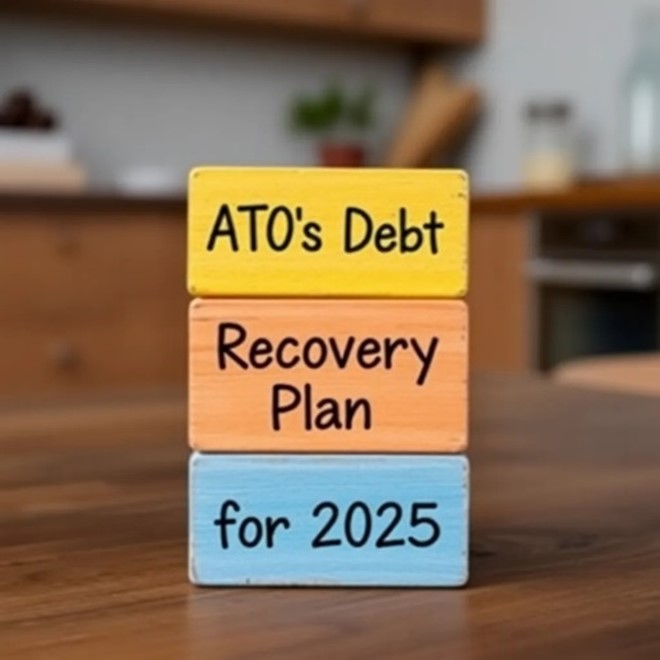The Australian Taxation Office (ATO) is intensifying its efforts to recover approximately A$50 billion in overdue tax debts and make substantial internal process enhancements. Despite some stabilization in its debt situation over the past couple of years, the ATO is now ramping up its activities around debt collection to ensure taxpayers meet their obligations promptly.
Tax practitioners should alert their clients that the ATO plans to take swift action to collect debts, including the use of garnishee processes and director penalty notices. Additionally, the ATO is concentrating on internal improvements, including refining existing processes, boosting productivity, and integrating advanced technologies like artificial intelligence software for tax agents.
David Allen, the ATO’s Second Commissioner of Frontline Operations, emphasizes the importance of engaging with the ATO rather than avoiding tax obligations. The focus has shifted from tax payment relief during the pandemic to the resumption of regular operations. Taxpayers who are unable to pay in full and on time are offered various options such as payment plans, deferrals, and GIC remission.
Moreover, the ATO has seen significant debt originating from small businesses, with a substantial portion related to Pay As You Go withholding tax, GST, and outstanding Superannuation Guarantee payments. Small businesses that fail to engage will face more decisive actions from the ATO.
Allen emphasizes the need for businesses to prioritize tax and superannuation payments over other creditors. He urges tax practitioners to educate their clients on fulfilling their debt obligations to avoid consequences like director penalty notices.
Looking ahead, the ATO is aiming to streamline its business processes by focusing on process improvements in three key areas. Automation processes are being expanded to reduce low-level procedural work, resulting in the removal of nearly 400 million workload seconds over the last six months.
In a bid to enhance efficiency, the ATO is revamping staff training and reviewing its interaction strategy across various channels to modernize its approach to incoming work. Timeliness complaints, particularly regarding the processing of tax returns, are being addressed to ensure smoother operations.
CPA Australia offers a range of tax resources, including checklists, year-end updates, and podcasts, to assist both tax practitioners and businesses. The ATO’s emphasis remains on aiding businesses through effective engagement and providing support in managing tax debts effectively.
In conclusion, the ATO’s proactive approach to debt recovery and internal enhancements underscores its commitment to ensuring compliance with tax obligations and improving taxpayer outcomes. Businesses, tax practitioners, and individuals are encouraged to engage with the ATO to address tax debt issues promptly and explore available assistance options to achieve sustainable tax compliance.






